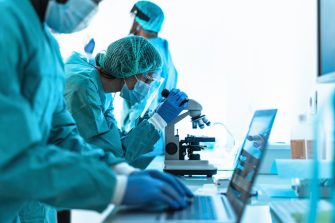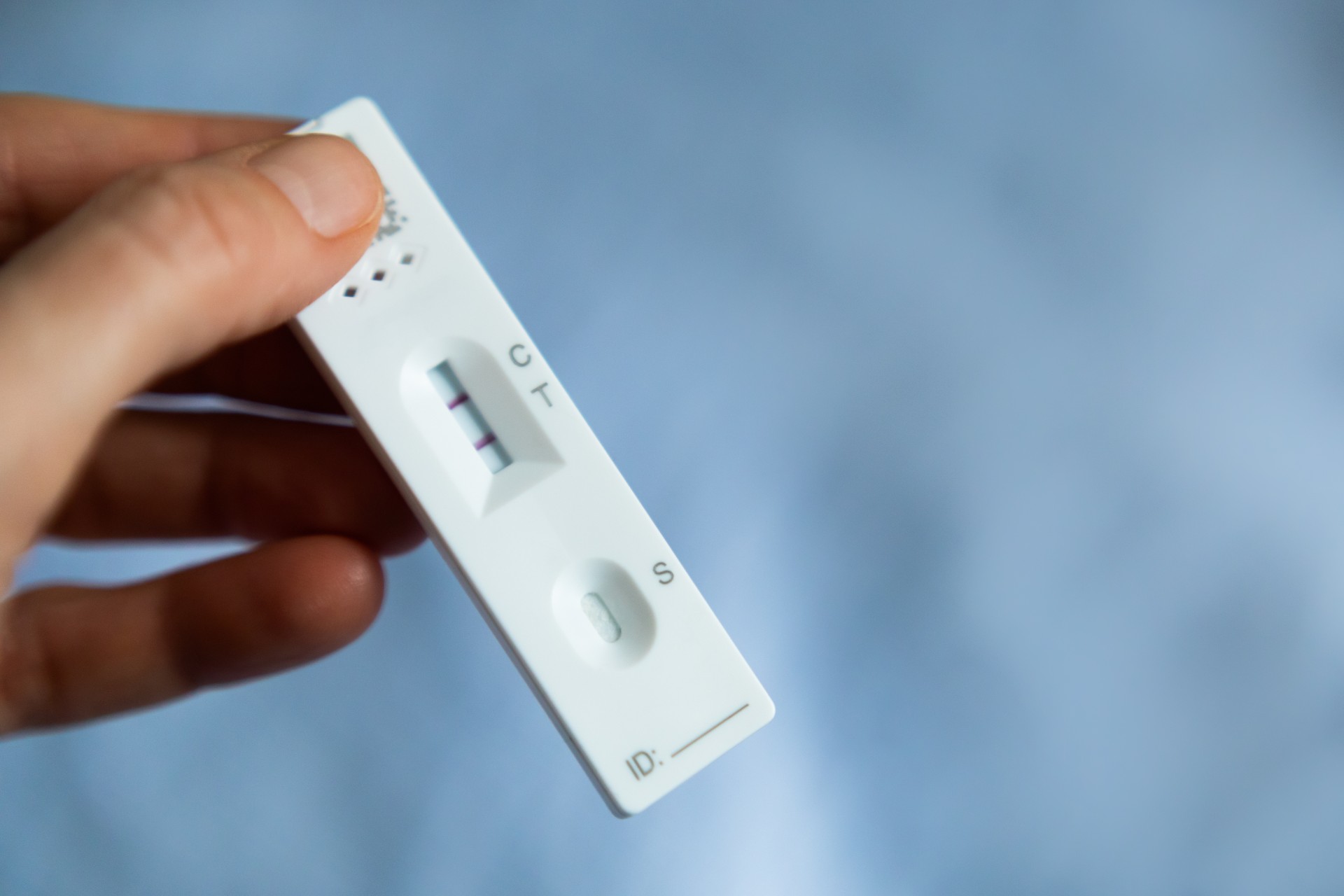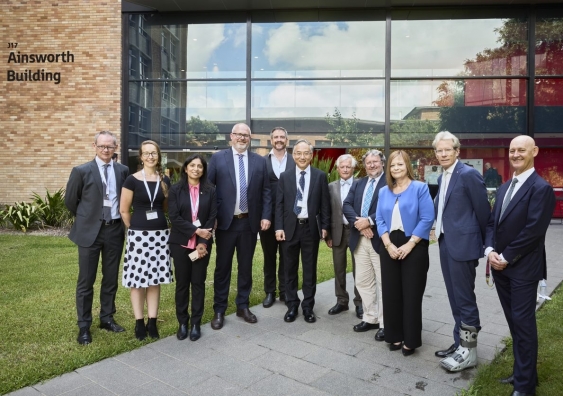UNSW joins NSW government initiative to reduce animal testing
2024-07-18T14:54:00+10:00

The network brings together expertise in the areas of cardiovascular biology, the nervous system, epithelial biology and bioengineering.
Photo: Adobe Stock
The government’s new statewide network will work to develop and promote alternative methods to animal use in medical research.
UNSW Sydney will form part of a new network established by the NSW government to help reduce and replace animals in medical research.
The NSW government has invested $4.5 million to set up the Non-Animal Technologies Network (NAT-Net). The NSW-led body will work to develop innovative alternatives to using animals, and to advise on the required medical research infrastructure and regulations to support these as alternatives.
Non-animal technologies, such as using human cells or tissues, are more biologically similar to the patients being treated, and so medicines being tested are less likely to fail in clinical trials. These technologies are beginning to perform better than animal models in drug development and medical research.
NAT-Net will include experts from UNSW, University of Wollongong, University of Technology Sydney, University of Sydney and the University of Newcastle, as well as the Victor Chang Cardiac Research Institute, Children’s Medical Research Institute and the Hunter Medical Research Institute.
The Minister for Medical Research, David Harris, said this is the first time a network of this kind had been established for non-animal technologies in NSW.
“By investing in cutting edge, non-animal technologies, researchers may be able to better predict which therapies work in humans, accelerating discoveries that could save people's lives,” he said.
“We know that non-animal technologies in medical research are the way forward and NAT-Net will be a driving force behind these exciting Australian-first developments led by NSW.”
Media enquiries
For enquiries about this story and interview requests please contact Stefanie Menezes.
Tel: +61 2 9065 3225
Email: s.menezes@unsw.edu.au
The network brings together expertise in the areas of cardiovascular biology, the nervous system, epithelial biology and bioengineering.
The research pillar of the funding will accelerate research progress and include a competitive research grant program, with recipients focusing on developing solutions to reduce animals in medical research.
Dr Shafagh Waters from UNSW Medicine & Health, who is co-leading the research pillar of Nat-Net, said: “At UNSW our goal is to create an integrated epithelial tissue organoid model, such as lung, gut, and liver, with immune organoids. This multi-organ chip co-culture model will significantly enhance our capacity to study host-pathogen interactions and immune responses in epithelial tissue. Cystic fibrosis serves as a principal example.”
The second pillar will develop infrastructure to establish NAT-Net, and the third will set up a working group to develop regulatory approaches for non-animal technologies. This may include complex multi-organ models, organs-on-chips, or approaches using machine learning and artificial intelligence.





